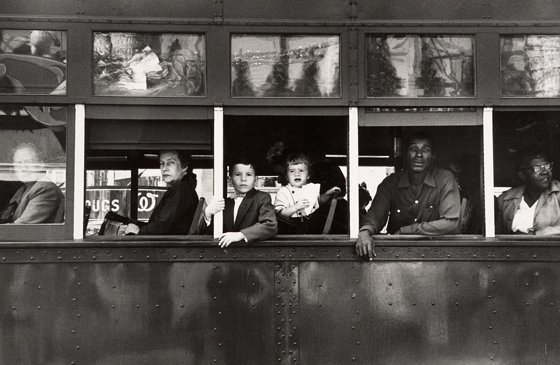“You can’t depend on the sunshine for symmetry”
“If I could I go through a day and not have an evil thought or hurt anybody, I have a good day”
“A part of being a feminist is to discover how to dress like a woman”
(Shange)
Shange’s visit was one that was both an “out of body” experience and one that felt very real and inescapable because her ability to capture one’s attention in person, just as she does in her work. It was a very compact and I am still in awe of her humbleness and her willingness to be a vessel both in her works and her being.
You cd try direct
When i’m vulnerable & survivin
I get each moment back/ i want to know
what we make
in the world/survivin us/makes us
non-fiction/unless yr holdin back
then you are fiction & i am a plot
so my silence is a kind of gratitude how often am i understood if i open my mouth
we give each other empty paper bags & ticket stubs
we’ve been someplaces or are going
this not camp
this is a wide open hand/ unsettled unclaimed
in the hinderlands of ordinary/we cd homestead it we cd save it till the next time
we cd burrow our feet in soil & gather up sky wine& music
you know whatta breeze is at twilight in autumn
the horizon lays out in violet & sepia
jets of orange wisk thru our hands
that’s why my neck gets so hot when you touch me
the last heavy breaths of the day belong to us
non-fiction/
-Fiction/Non-Fiction (Okra’s intellect addresses Green’s mind)
Poetry is mobile. Okra and Greens showed that poetry is transferrable spatially and temporally. Through its transferability it creates room and the necessity for archival spaces. Archival spaces illuminate the importance of memory and storytelling. As it is a recollection of experiences that create an arsenal of one’s life. The dynamism of storytelling and archiving encourages conversations across disciplines.
Archival spaces serve as sites for remembrance, accountability, documentation of empires, preservation of knowledge and the control of knowledge within the context of imperialism. Poetry’s ability to create memory and record the sentimental emotion allows the a space for sentimental archiving. Within the context of Shange’s work and her decision to donate her work to Barnard’s archive speaks to the importance of referential work for black women and students at predominantly white institutions. Shange’s archival materials despite it’s magnitude and multiple genres felt personal due the intimacy and the honesty that lives in boxes. It removes the formality and rigidity from the research process and personalizes the experiences. Though the formality and rigidity is removed the process of archiving Shange’s work, these is a reverence in the way that I, along with my peers handled her possessions which is attributed to the gravity and the depth of writing. The organization of Shange’s archival materials reflects her concept of “carnal intellectuality” as it incorporates both spatial and the temporal component, which extends across borders. Her archives are self-defined. Shange’s archival material are interactive and multidisciplinary. For example, combining both her work, works that have been inspirational as well as personal items- the nipple duster.
Post our class with Shange, I had a conversation with a friend and the topic of patience surfaced and she repeated a cultural proverb, which states “the fruit of patience is sweet” which is directly related Shange’s encouragement to be patient with ourselves as young writers, artists and intellectuals. Patience is essential to practicing combative breathing, which was reflective in the breathing exercise with Shange.
Shange states, “you have to ready your body for language”. Language is not static. It is translatable perhaps not verbatim but by integrating tools such as histories, memories and movements, Shange makes the claim that people across the African diaspora can communicate and relate by using the colonizers’ languages or a mixture of the colonizers’ languages which Shange does in her work. Which puts the importance of creolization on the forefront. Shange’s words forces us to interact with words with movement. In addition to that Shange’s work both in content and style, queers the representation of language by coining terms and combining languages of theAfrican Diaspora which allots an openness and the selflessness that Shange presents in her work and its is reflected in her archives.
https://www.youtube.com/watch?v=1sQjh261rU8- To zion lauryn Hill
https://www.youtube.com/watch?v=1qWuKSGii8o-sing- Sing to the moon Laura Mvula




